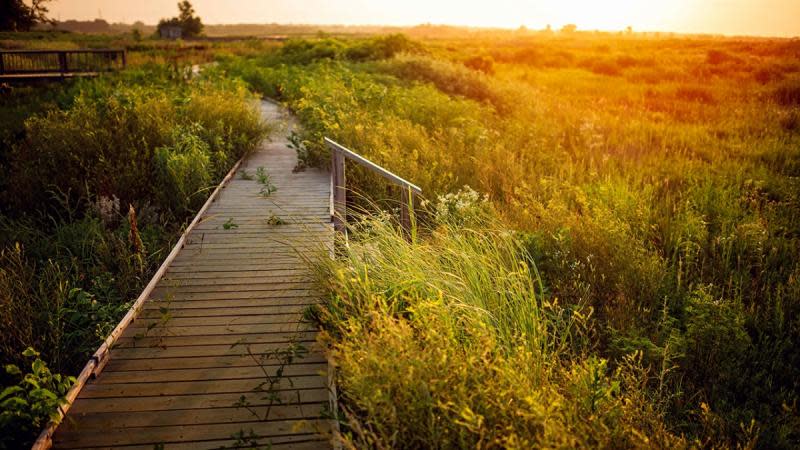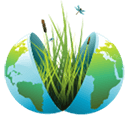
Baker Wetlands
Categories
Central (KS, MO)
About
- Protects biological diverse wetland flora, fauna and/or their habitat
- Supports significant numbers of wetland-dependent fauna, such as water birds or fish
One of the most diverse habitats in Kansas, the Baker Wetlands encompasses 927 acres of rich, natural wildlife. Students, faculty, and nature lovers have identified 278 species of birds, 98 other vertebrate species, and 487 plant species at the Wetlands — and these counts grow with each adventure. Further, this exceptional environment gives students the unique opportunity for increased exploration and education about biological and ecological processes.
https://www.bakeru.edu/wetlands/
- Maintains ecological connectivity/cohesion
- Aesthetic/cultural heritage value/ provisioning
- Recreation (birdwatching, ecotourism)
- Flood storage/mitigation
- Education
- Inland Fresh Meadow
- Inland Shallow Fresh Marsh
- Inland Open Fresh Water
-Paleozoic Era, Carboniferous system, Pennsylvanin subsystem, pd (Dougals gp)
-Cenozoic Era, Quaternary system, QGD (Glacial drift) and Qal3 (Alluvium-lat piest. and Holocene)
Kennebec silt loam, wabash silt clay, reading silt loam, gymer silt loam, and woodson silt loam.
Images

